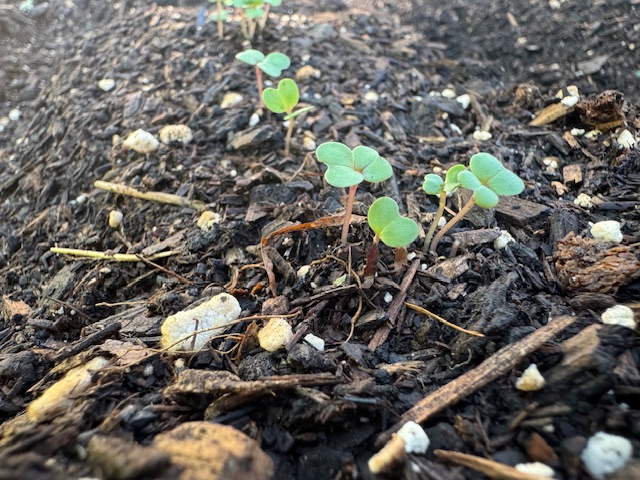Turnips are versatile root vegetables that grow best in cool weather, making them ideal for multiple plantings throughout the year. Knowing when to plant ensures tender roots and flavorful greens for spring, fall, and even mild winter harvests.

Planting Turnips for Spring Harvest
Sow turnip seeds as soon as the soil can be worked, typically 4–6 weeks before the last expected frost. Spring turnips mature quickly, often in 40–60 days, allowing for a fresh, early-season crop.
Planting Turnips for Fall Harvest
For a fall crop, plant turnips in mid- to late summer, about 6–8 weeks before the first expected frost. Cooler temperatures develop sweeter roots and tender greens.
Planting Turnips for Winter Harvest
In mild-winter regions, sow turnip seeds in late summer or early fall for a winter harvest. Some varieties store well in the ground or can be lifted and stored for several months.
Tips for Success
- Use well-draining soil amended with compost.
- Thin seedlings to 3–4 inches apart for larger roots.
- Keep soil consistently moist for tender roots.
My Experience
Having grown turnips across all seasons for years, timing planting to avoid hot weather consistently yields sweeter roots and more tender greens.
Turnip Planting Calendar by Season and USDA Zone
| USDA Zone | Spring Planting Window | Fall Planting Window | Winter Planting Window (Mild Climates) |
|---|---|---|---|
| 3–5 | Mid-April to early May | Late July to mid-August | Not recommended due to harsh winters |
| 6–7 | Early March to mid-April | Mid-July to late August | Late August to early September |
| 8–9 | Late February to early April | Early July to early September | Late August to mid-October |
| 10+ | Year-round planting possible* | Year-round planting possible* | Year-round planting possible* |
* In USDA zones 10 and warmer, turnips can be grown nearly year-round, avoiding extreme heat.
Quick Tips for Each Zone:
- Zone 3–5: Focus on spring and fall plantings to avoid freezing or heat stress.
- Zone 6–7: Spring, fall, and early winter crops are possible; protect winter plants with mulch.
- Zone 8–9: Take advantage of longer growing seasons for multiple successions, including mild winter harvests.
- Zone 10+: Plant any time but avoid the hottest months; partial shade helps in summer.



